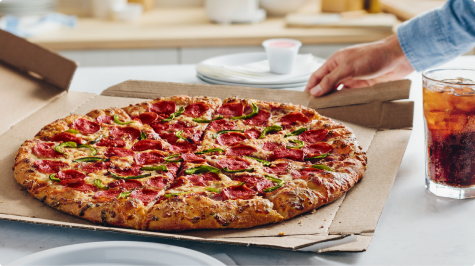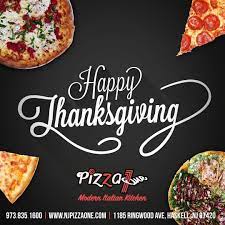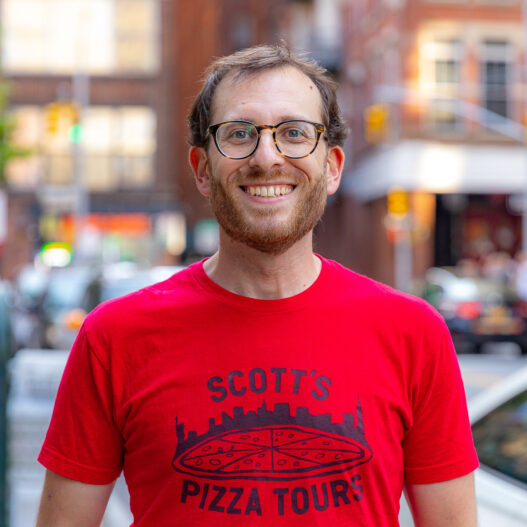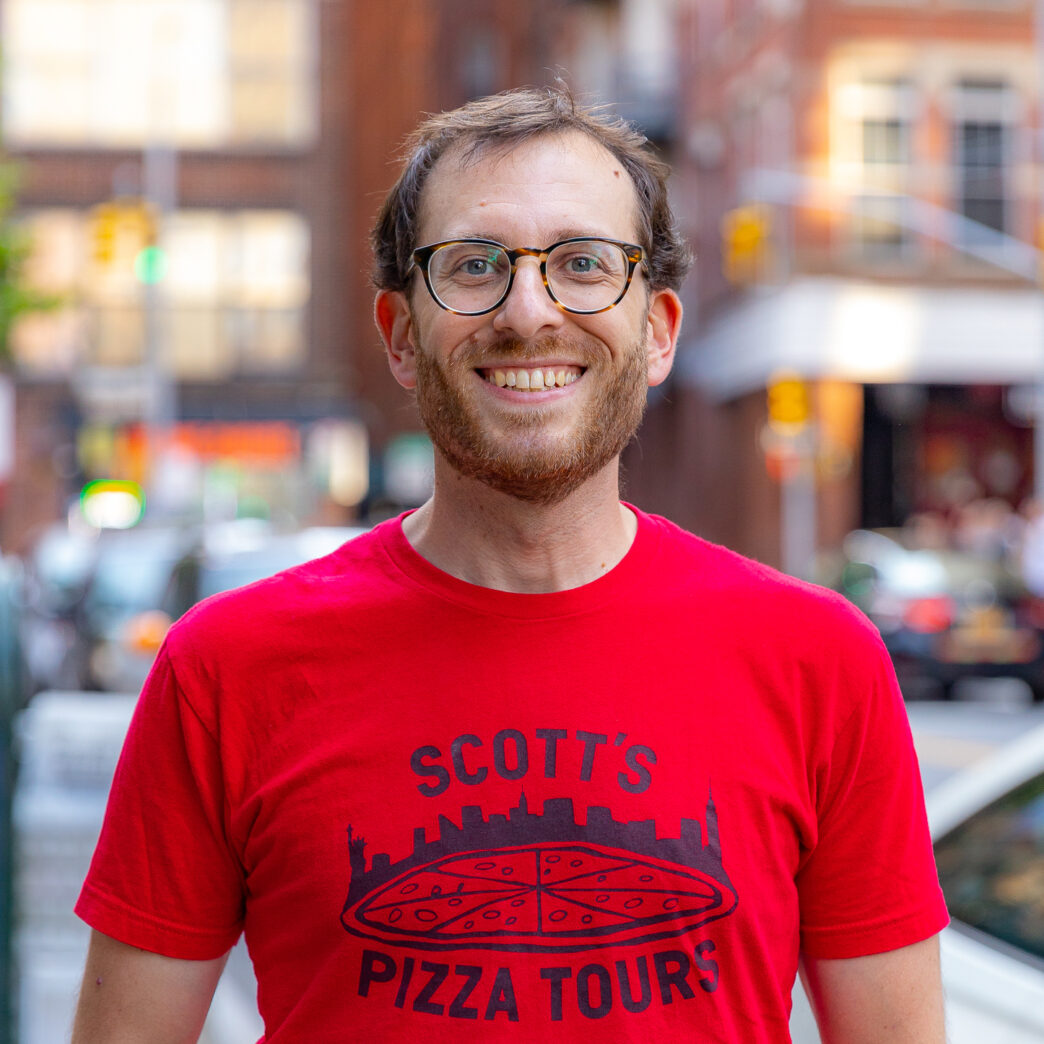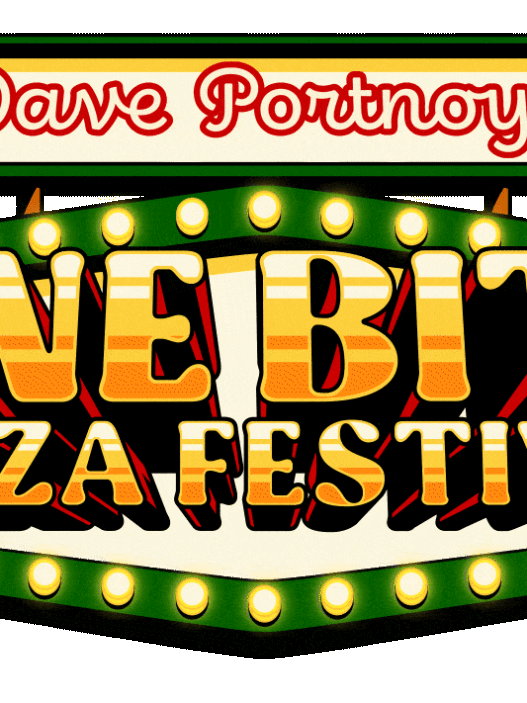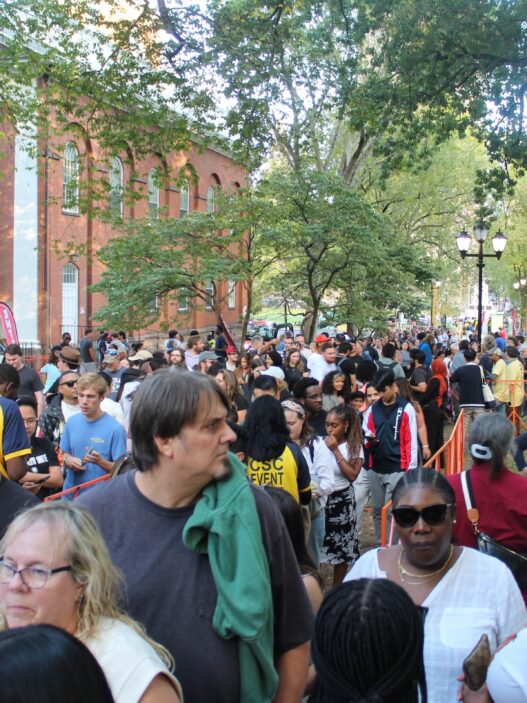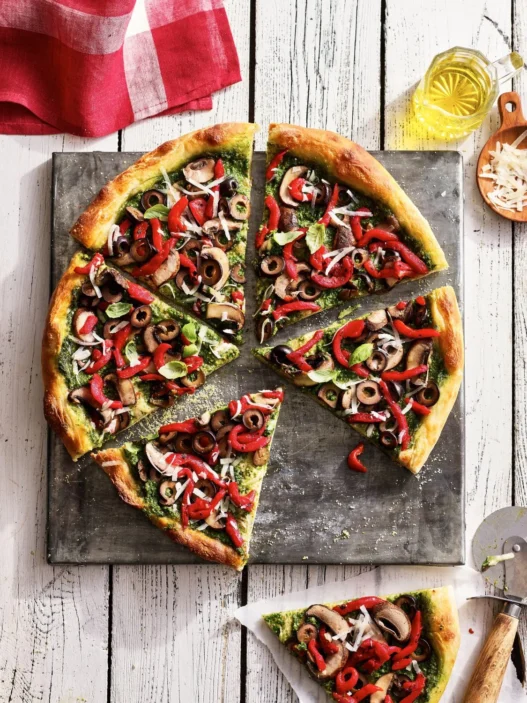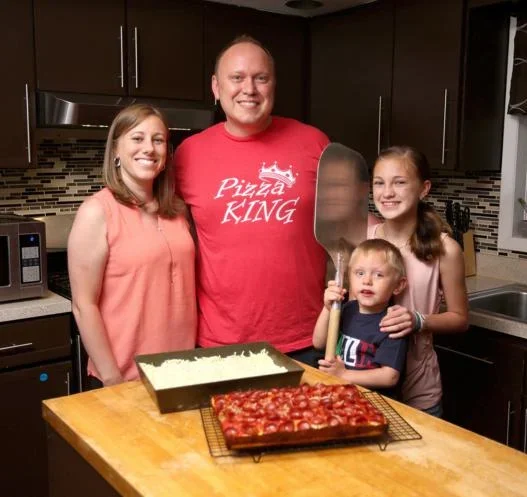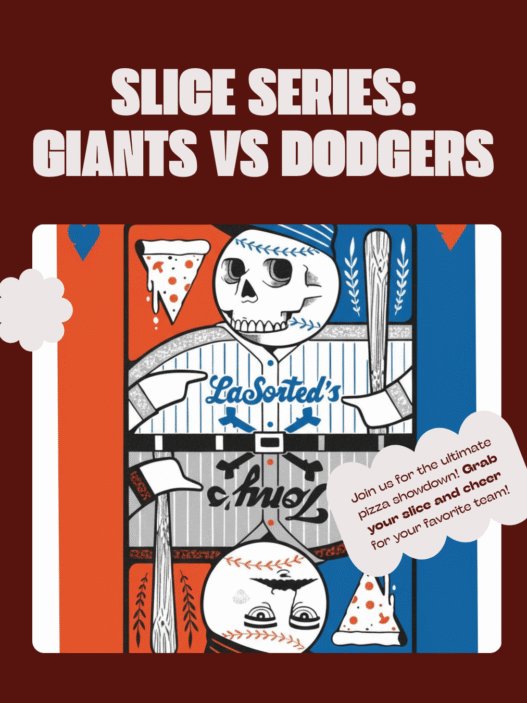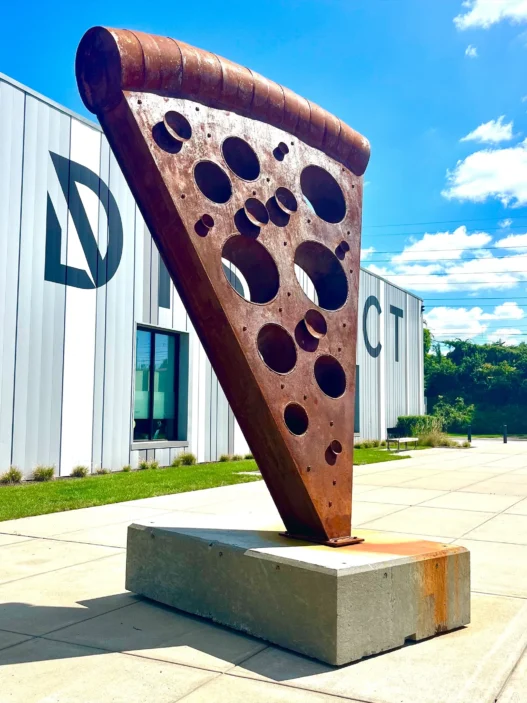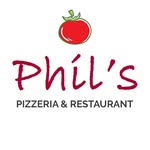For more than 15 years, Scott Weiner has been New York City’s unofficial pizza professor. As the founder of Scott’s Pizza Tours, he’s guided thousands of guests—locals and tourists alike—through the city’s legendary (and sometimes overlooked) slice shops, coal-oven institutions, and modern innovators. Beyond the tours, Scott holds the Guinness World Record for the largest pizza box collection and runs Slice Out Hunger, a nonprofit that channels the power of pizza into disaster relief and food justice.
We caught up with Scott for a rapid-fire 20-question interview covering everything from the myth of New York tap water to his favorite under-the-radar spots. True to his style, Scott doesn’t hold back.
1. You’ve led tours since 2008 — what’s the one “aha” moment you guarantee first-timers will experience by stop two?
No matter how much pizza you eat, how many pizzas you’ve made, or how much you think you know about pizza, we guarantee you will learn something new about pizza and about YOURSELF on our tours.
2. NYC slice taxonomy in 30 seconds: how do you teach a guest to spot the difference between a great street slice and a destination slice?
It’s all subjective. Somebody’s bad slice might be my great slice. But no matter what your perspective may be, we hope you’ll learn about the power of balance in a great slice. This isn’t crust, sauce, and cheese…. It’s a singular unified food that must maintain balance to be great!
3. What’s the wildest pizzeria backstory you’ve uncovered that totally changed how you taste their pizza?
I think the tricky part of teaching the history of pizza is that pizzerias aren’t museums. They change with the times. Maybe they say they haven’t changed anything in 75 years, but that’s not really true. History explains origin, but that’s only part of the story.
4. If you could add a non-NYC style to your everyday route for a month, which would it be and why?
We do non-NYC style pizzas all the time! Right now there’s a lot of attention on Detroit style, which is really a variation on Sicilian pizza. It’s easy to make this style look good, but harder to make it really well. There aren’t a ton of great places for it in NYC, but I’d love to feature it more because it’s on peoples’ minds. If we could feature it on more tours, we could explain the true background before the style gets overblown and destroyed.
5. Your world-record pizza box collection is legendary — what three boxes make even pizza pros geek out?
I have so many round and octagonal boxes. Those make people question reality. I love it. I also have some wild augmented reality boxes from 2013-2014 that use smart phone cameras to unlock weird video games that can only be triggered by specific pizza boxes.
6. What’s a tiny box-design detail that reveals a lot about a pizzeria’s identity or era?
I think the style of the pizza chef icon says a lot. There’s a version with a mustache, one that’s winking, one with a taller hat. These are all clues as to the pizzeria’s origin!
7. You wrote “Viva La Pizza” — what’s a chapter you’d write today that didn’t exist when the book came out?
First I would revise the section about recycling. All corrugated pizza boxes are recyclable even if they’ve been used. That information has changed since the book was first published. But if I had to write an entirely new chapter, it would be about the challenging 1-off boxes people have had to design, whether it’s to fit a uniquely sized pizza or whatever other features pizzerias feel the need to insert.
8. Tour-guide to home-baker: give us your 3-variable “fix it fast” framework for improving a home oven pie this weekend?
- Let the dough come to room temp before you touch it
- preheat the pizza stone at the highest temp possible before cooking
- under stretch and under top the pizza otherwise it will stick to the peel. Once it’s on the peel and moving nicely, you can always pull the edges out and add a little more cheese.
9. What’s the most misunderstood NYC pizza myth you bust on tours all the time?
It’s not about the water. Bad pizza uses the same water as good pizza. NYC has a lot of bad pizza that uses the supposedly amazing water. Good pizza is made by good pizza makers!
10. If a guest has only 24 hours in NYC, what is your definitive three-stop route for maximum style diversity?
You absolutely must start with a classic old school coal oven pizzeria. Go to Patsy’s in East Harlem for that. Then go to a classic slice shop like Joe’s, Luigi’s, or NY Pizza Suprema. Those places serve the classic quintessential New York slice. Finally, you need to hit one of the new school slice shops like Scarr’s, L’industrie, Lucia, Ceres, Upside, Mama’s Too,. etc. They have a fresh approach to the MNY slice that pays more attention to ingredients and process.
11. Which pizzeria consistently over-delivers relative to expectations, and why do you think they stay under the mainstream radar?
Song e Napule is such a great spot that somehow manages to stay in that IYKYK space. I have no idea why it’s under the radar. I guess they just aren’t a TikTok gag.
12. What’s your favorite moment to bring guests behind the counter — dough mix, oven tending, or slice-line service — and why?
The best moments are the unexpected moments. Maybe someone’s balling dough in the morning and that gives us an opportunity to talk about the importance of that invisible process. We have a rule of always talking about what’s happening right in front of us, so if something like that happens we jump on it as an educational opportunity!
13. You’re big on data and history — what’s a trend line in NYC pizza that excites you for the next five years?
Flour. People are getting into sourcing specialty flour or milling their own. There’s a new flour mill in Brooklyn, so that’s exciting. I think we’ll see a lot more attention being paid to flour over the next few years and fewer new places using what I like to call the New York City Pizza Starter Kit.
14. Slice Out Hunger has mobilized the pizza world for good. What campaign stat or story best captures the impact?
We’re able to swing into action extremely quickly. When the LA wildfires hit, we were up and running with our campaign within 12 hours. That campaign raised over $50k. Slice Out Hunger is designed to act fast when disaster strikes, but we also have programs that send pizza to those suffering from food insecurity all year long.
15. For pizzeria owners: one small operational change you’ve seen that meaningfully improves slice quality and guest experience?
Dough rounders. More pizzerias are using them and the result has been consistency.
16. What’s an unpopular opinion that your DMs light up about — but you stand by it anyway?
I think there’s a lot of bad pizza in NYC. We have maybe 80-100 places I’d recommend (which is A LOT OF PIZZERIAS) but out of the 2,500 or so places that serve pizza that’s not a great ratio. People DM me all the time about their love for pizzerias that are not great.
17. When LA wildfires hit, you mobilized pizza for relief. How did you coordinate deliveries from afar, and what did you learn about rapid-response food logistics?
We have an incredible network of Pizza Partners (over 700 nationwide) so we’re able to get word from our people on the ground AND coordinate a campaign with pizzerias that want to help those in need. The key of rapid-response is to send help to places that really need it and can really use it, not just sending food into the abyss. Resources are limited so they must be used well.
18. Your tours attract both locals and tourists. What’s a moment when locals become students again and tourists become New Yorkers?
It happens immediately. About 65% of our tour guests are locals or semi-local and they usually come in letting you know just that. But New Yorkers are very provincial so they aren’t usually going out and experiencing too much pizza beyond their neighborhoods.I love disarming the aggressive locals right away so they’ll be open to experiencing pizza in a fresh way.
19. Charitable activations travel fast online. What’s the best way for a local shop to plug into Slice Out Hunger without getting overwhelmed?
We’re a pretty simple organization. Just head to sliceouthunger.org and click GET INVOLVED. That will send us all your details and we’ll send you a welcome package with shirts and stickers and all that. Then we loop you into campaigns and activations as they happen. It’s very simple and costs the pizzeria nothing.
20. What can pizza fans in other cities do right now to replicate that model the next time disaster strikes locally?
Head to the Slice Out Hunger website and take a look at our campaign list. We always have lists and maps so you can find a local pizzeria that’s participating.
From box design quirks to flour evolution, from myth-busting to mobilizing pizza for emergency relief, Scott Weiner proves that pizza isn’t just food—it’s culture, history, and community action. Whether on tour or through Slice Out Hunger, his work reminds us that every slice carries a story, and every pizza lover has more to discover.




